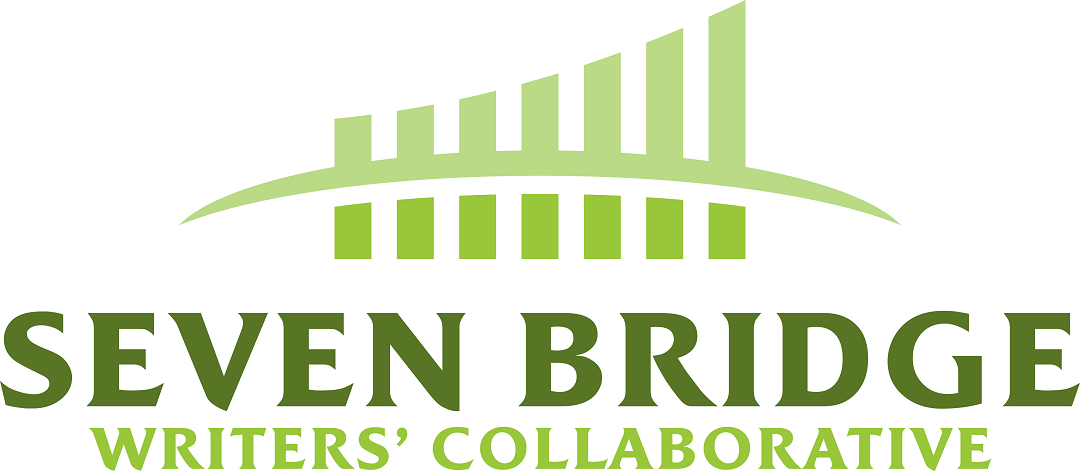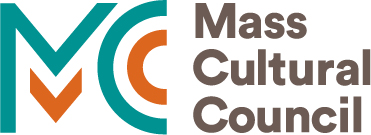Any genre requires research into both the audience you intend to reach and current market trends. Writing young adult fiction, however, can add layers to this challenge.
- What’s trending? Currently, historical YA fiction sells well. But with a YA novel, the writer must also consider how each topic is approached: the wanton adultery prevalent in The Other Boleyn Girl, for example, is not appropriate when targeting teenage readers. The Book Thief and Code Name Verity, bestselling historical YA novels, both focus on surviving WWII, but also revolve around a strong core friendship that helped each protagonist survive, making them suitable and appealing to the YA market.
- This book may not be appropriate for younger audiences. With YA, two considerable concerns are violence and sexual content. It’s not necessary to coddle your audience (in fact, most teens prefer to be treated like they can handle adult situations), but brutal violence shouldn’t be depicted in such detail that you give your readers nightmares. And while some sexual content is acceptable these days, we do still live in a society where parents frown upon explicit sexual acts being detailed in a YA novel. Having too much of either of these things will likely put you at a disadvantage when you try to sell your manuscript.
- Watch your language. Not only do you not want to lace every other word of your prose with profanity (which, incidentally, will not get you on the recommended reading list of any school curriculum), but you also need to stay current with how teenagers talk. Avoid clichés and archaic terms. But you may also want to avoid current slang, as it’ll date your writing. Try for something in the middle. Most teens have never even heard of a steady or main squeeze. They do, however, know what a bae The best solution? Call it a boyfriend or girlfriend.
- Hang up that phone. If you’re writing a contemporary novel, one of your biggest challenges will be keeping up with technology. Young adults communicate via text, Snapchat, Instagram . . . don’t have them pick up the phone to actually call someone (unless it’s a character’s parent insisting on this archaic form of communication, of course). And though I’m mentioning Snapchat in this article today, the app could very well be passé by tomorrow. Just be careful: referencing the wrong thing could instantly alienate the entire age group.
Writing for a young adult audience has its challenges—perhaps more so than any other genre. But if you pay attention to what the younger generation is telling you it wants to read, you’ll be all the more successful!

